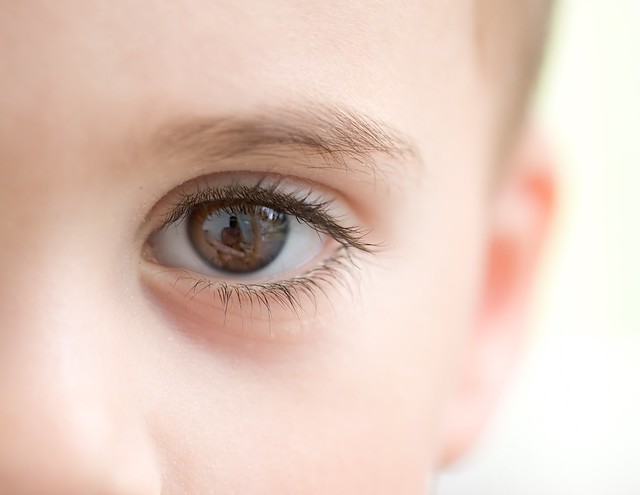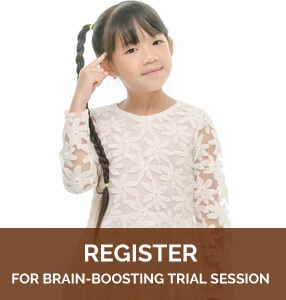The benefits of reading are many. Try keying into the search bar “benefits of reading” and you would see an A-Z list of why children should cultivate a reading habit. But the truth is, not all children enjoy reading as much as we want them to. Some would flip the pages just to humor us, some would only look at the pictures while others go all out to avoid anything with chunky texts. While it may seem that these behaviours suggest a pure disinterest in reading, it is more often than not, the inability to understand what is presented.
Visual Discrimination is the ability to
identify differences in information presented visually. Children who are weaker in this skill tend to be unable to distinguish similar letters and numbers such as “b” from “d”, “p” from “q”, “6” from “9” and so on. When presented with a paragraph like this:
“In the morning Abby jumped out of
bed and switched on the light in her fish tank. It took Abby a while to find Mr. Sticky because he was clinging to the glass near the
bottom, right next to the gravel.”
The child would tend to misread “bed” as “deb”, “bottom” as “dottom” and so on. Children who are weaker in this skill may be able to answer when asked, “What is three plus one” verbally, but he/she may have difficulties doing the same exact question in a math worksheet.
This inability to identify the differences and understand the words would often result in confusion (misinterpreting or misunderstanding instructions), which would contribute to self-doubt and frustration (getting questions wrong as a result of not understanding instructions). If this skill is not strengthened, the child would eventually develop a hesitancy to attempt to read or answer questions.
Apart from being related to reading and mathematics, visual discrimination also plays a role in social interactions, whereby the child is able to identify and interpret subtleties in facial expressions and respond appropriately.
Therefore, the child’s disinterest in reading is merely a behavioural manifestation for the inability to understand what he/she is reading. When children are able to understand what they are reading, they would be motivated to read extensively and would even develop an interest to read (without you asking them to!).
To find out about your child’s Visual Discrimination ability,
REGISTER for our Complimentary Learning Assessment.









